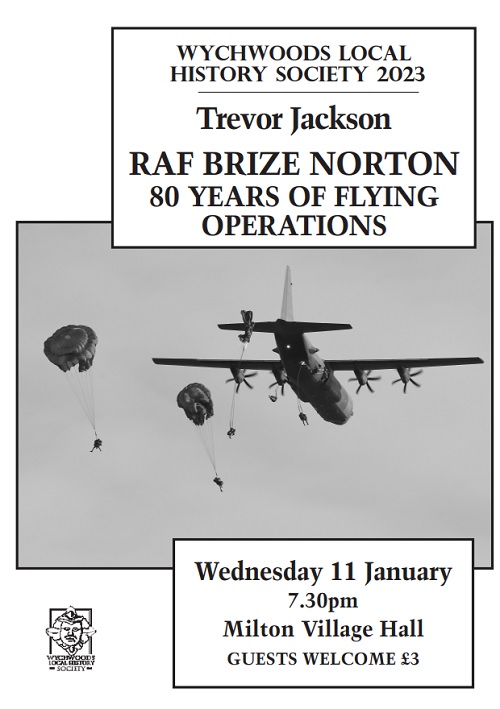
Our first talk of 2023 was by Trevor Jackson, former Commissioned Officer in the RAF, who gave us a full history of the inception and development of RAF Brize Norton. The talk covered the history of the airfield, through World War II, the Cold War and various modern conflicts up to the present day.
It was a delight to see 50+ members and guests for the evening, which is a great encouragement for the work of the society.
Trevor’s talk took us from the very beginnings. Post-First World War and up to the mid-1930s the RAF was understrength. With the approach of war in Europe, a massive airfield construction programme was started throughout the south and east of England. An original candidate site near Clanfield was eventually rejected and the current site was chosen near Carterton. The airfield was named after the village of Brize Norton, to avoid possible confusion with the similarly named RAF Cardington in Bedfordshire. Thus, RAF Brize Norton was born.
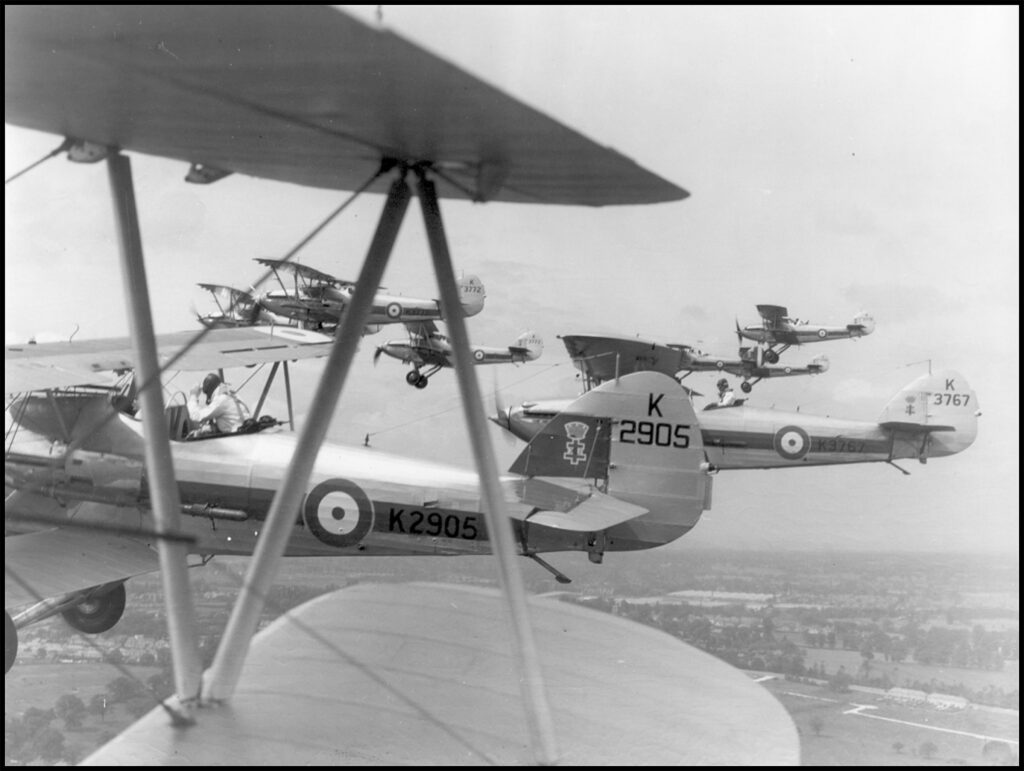
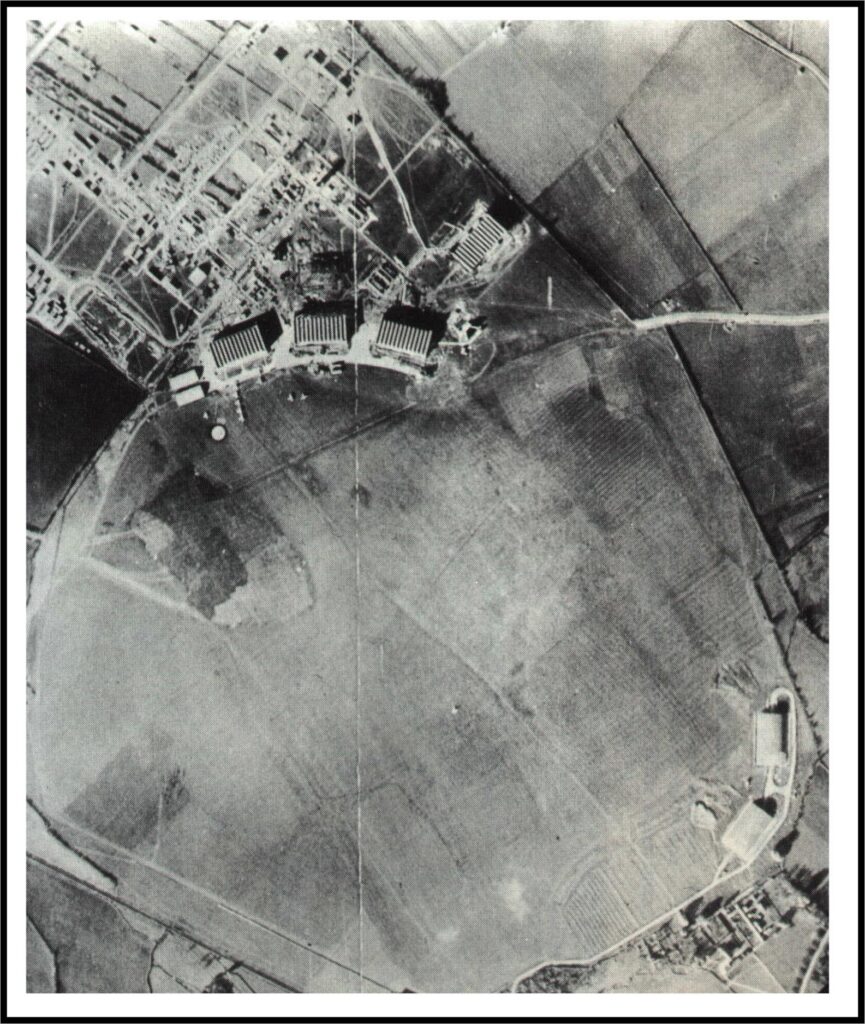
Construction began in 1935 with a routine layout with grass landing areas and the domestic and technical sites in the NW corner of the airfield. RAF Brize Norton opened on 13th August 1937 and the first unit, the No 2 Flying Training School, arrived in September 1937. A major landmark event in those early years was the hosting at the airfield of the last Empire Air Day on the 20th of May 1939.
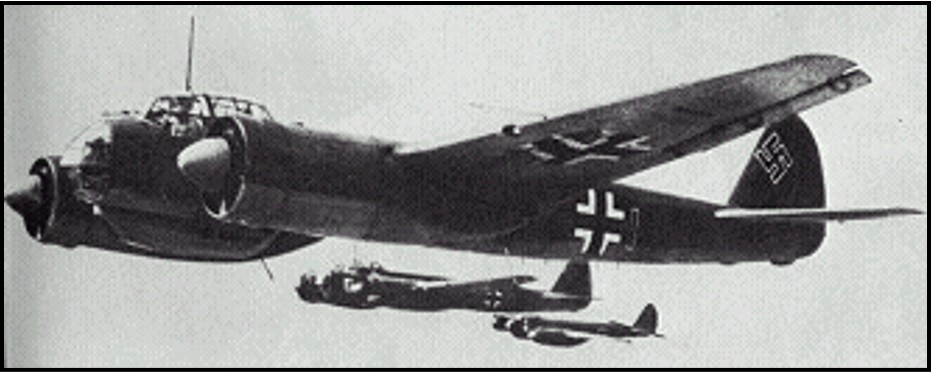
Wartime saw satellite airfields around Brize Norton including Akeman Street, Witney, Southrop and Windrush. This meant of course, that the area was one of the focuses of Luftwaffe raids. We learned of the German reconnaissance flights and indeed of a major attack on Brize Norton in 1940 which destroyed 35 Oxfords and 11 Hawker Hurricanes. Trevor showed us some interesting German secret reconnaissance photos of the airfield from those times.
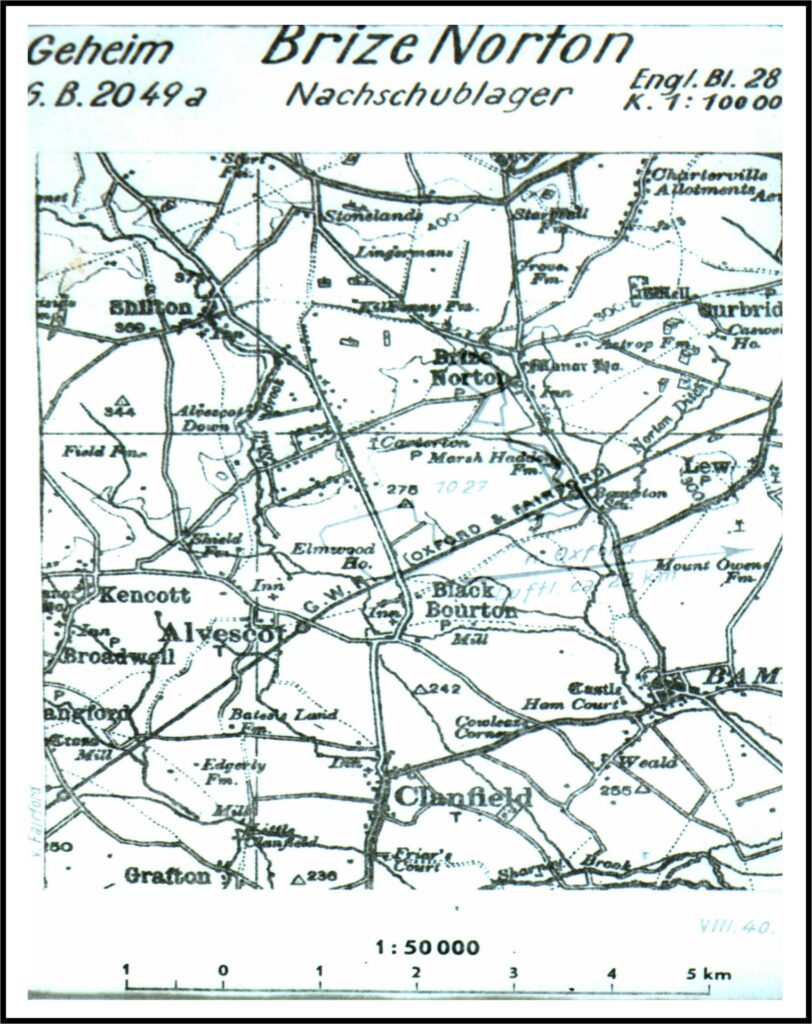
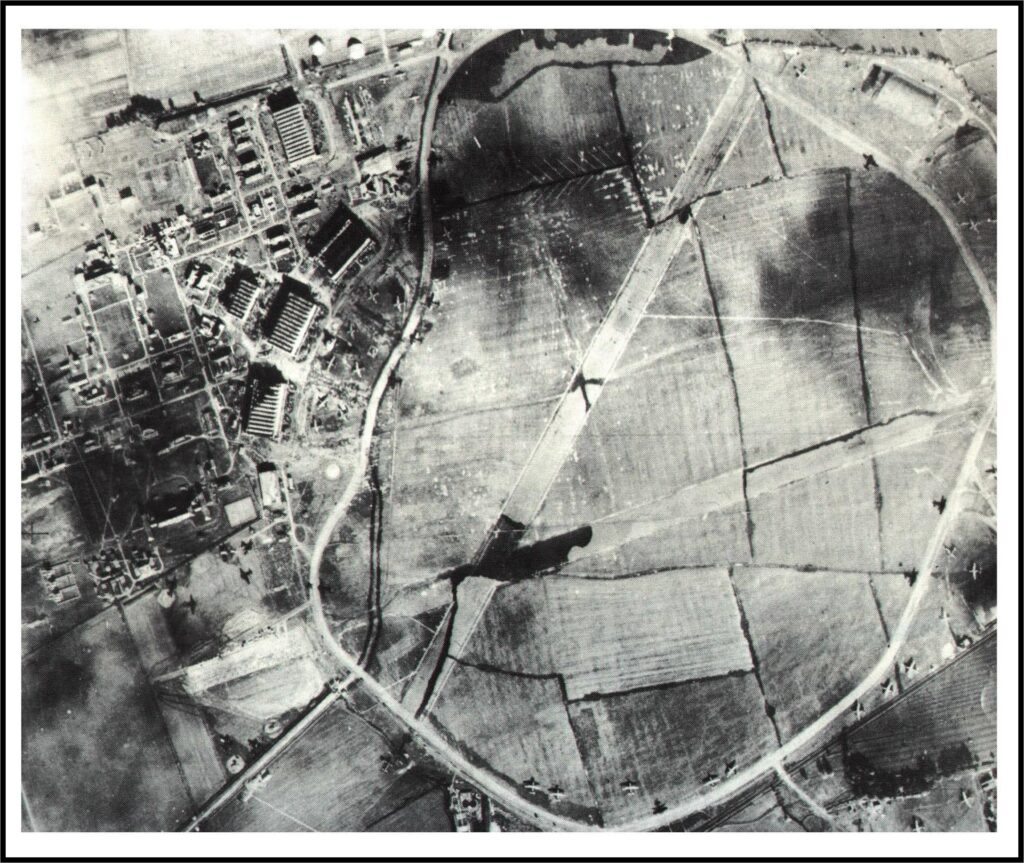
The creation of dummy airfields using lights on the ground in open fields was one of the defences against such raids. One such decoy was created in nearby Chimney, where the remains of an air raid shelter is a reminder of these tactics.
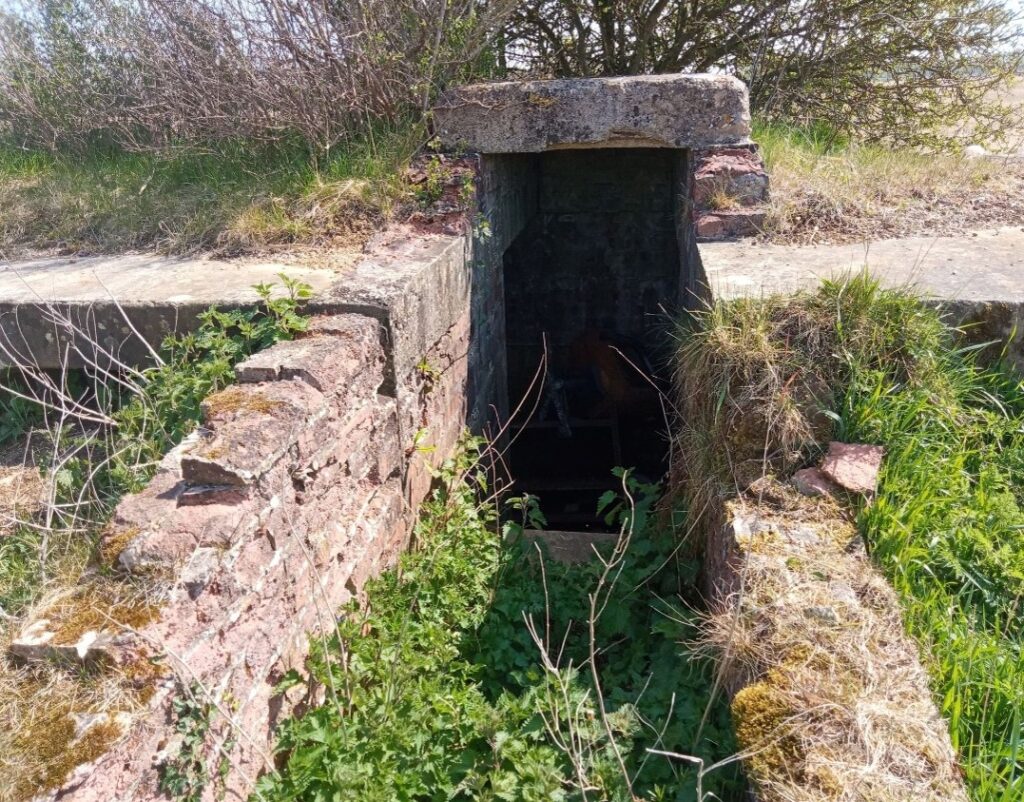
Trevor’s talk also covered the important role which RAF Brize Norton played in the invasion of France in June 1944 and Operation Market Garden in September of that year. We were reminded of the skills and the crucial role of glider technology in deploying troops and equipment into enemy territory.
Post-war was, of course, a period of change and realignment of activities at RAF Brize Norton. Those crucial gliders and airframes were suddenly surplus to requirements and sold off, given away, or even buried in giant pits in farmland around the airfield.
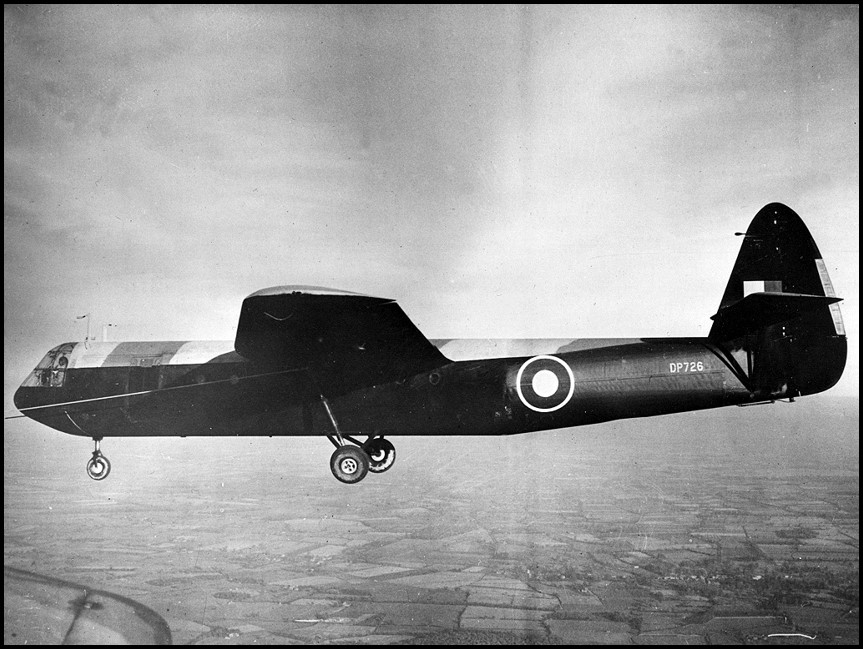
With new tensions arising with the beginnings of the Cold War, RAF Brize Norton found itself in a new role as part of the reinforcement of the US presence on the ground in the UK. The airfield was prominent in operations around the April 1948 Berlin Airlift, and this was the harbinger of that ever-increasing expansion of operations.
Four bases were chosen in the region for USAF aircraft – Brize Norton, Upper Heyford, Fairford and Greenham Common. A key expansion at Brize was the extension of the runways to accommodate B-29 bombers.
Through to the early to mid-1950s, RAF Brize Norton was in full use by the US Air Force and saw the arrival of a series of massive aircraft including the Boeing KC-97 Stratotanker refuelling aircraft, and the Boeing B-52 Stratofortress. Such aircraft and their crews began to be deployed to Brize Norton on 90-day temporary deployments, all of which activity changed again in 1964 when the base was handed back to the RAF.
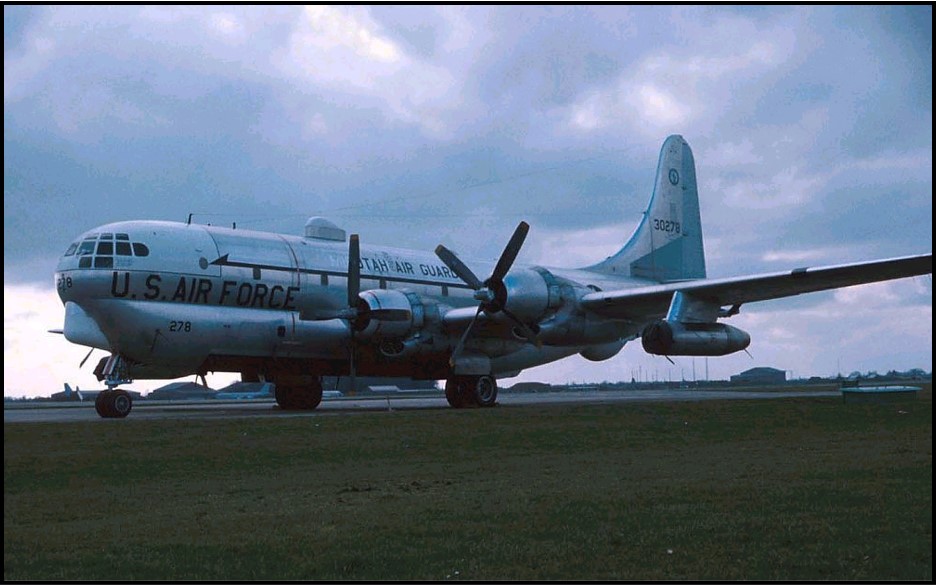
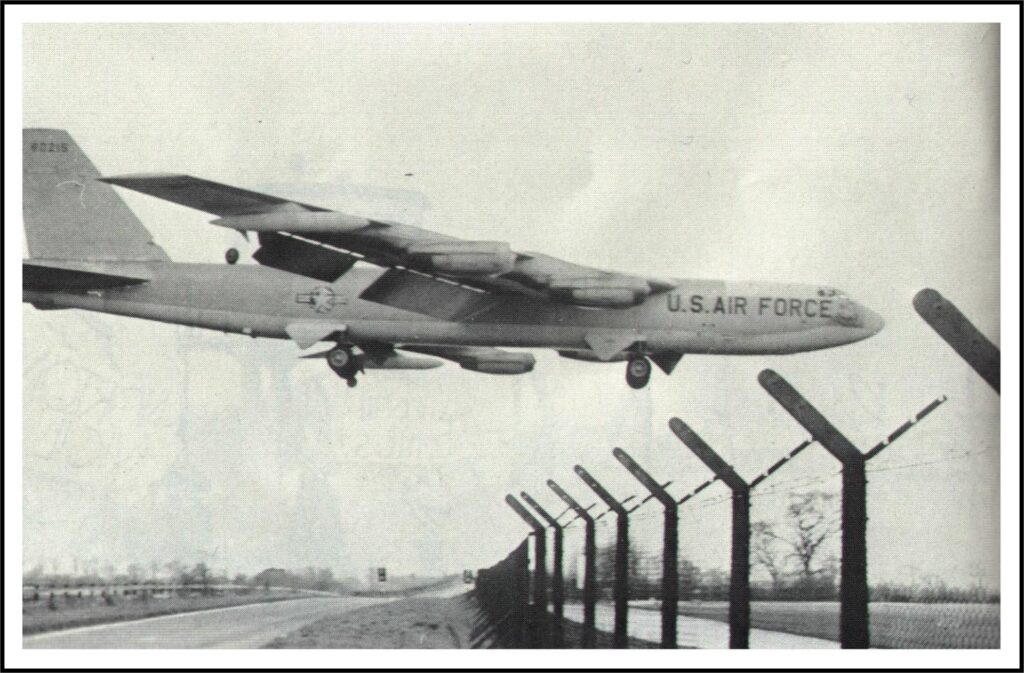
With RAF Lyneham, the home of RAF Transport Command’s Bristol Britannia and De Havilland Comet fleets operating at full capacity, RAF Brize Norton was chosen for the planned introduction to RAF service of the Vickers VC10 and Shorts Belfast. The VC-10 in particular was a success story and was used along with Lockheed Tri-Stars as a refuelling aircraft as well as troop and equipment logistics.
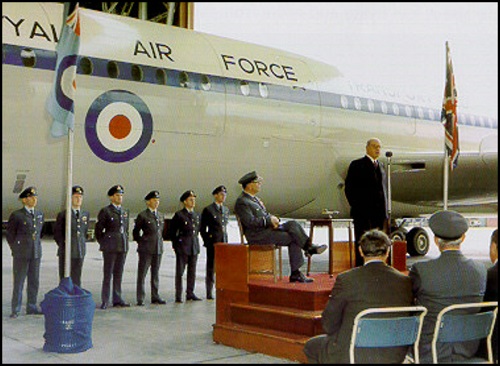
Trevor’s talk also brought us right up to date with reminders of the role of RAF Brize Norton in the modern era. This included its role in the Falklands, two Gulf Wars, Afghanistan and latterly in support of NATO in the supply of equipment for Ukraine.
Roles for Brize Norton in these years have included air transport, air-to-air refuelling, and military parachuting. Aircraft operating from Brize Norton have included the Lockheed C-130 Hercules, Boeing C-17 Globemaster III, Airbus A400M Atlas and Airbus Voyager. This latter replaced the highly successful but now-decommissioned Vickers VC10 in September 2013 and the Lockheed TriStar in March 2014.
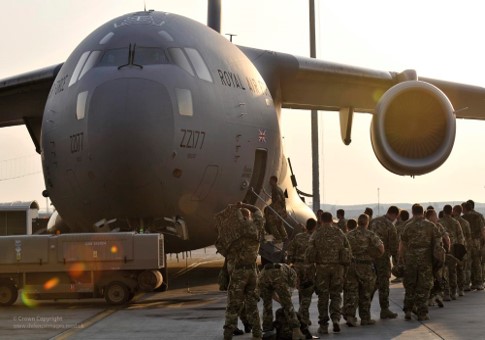
About Trevor Jackson
Trevor Jackson served in the RAF for 29 years of which 17 years was served in the ranks, followed by a further 12 years as a Commissioned Officer. He served overseas on two tours in Germany, one tour in The Netherlands and multiple deployments to other overseas theatres.
Trevor was later employed as the Cemeteries Registrar for Oxford City Council for 12 years before taking retirement. Now he works part-time for Oxfordshire County Council as a Wedding Registrar.

